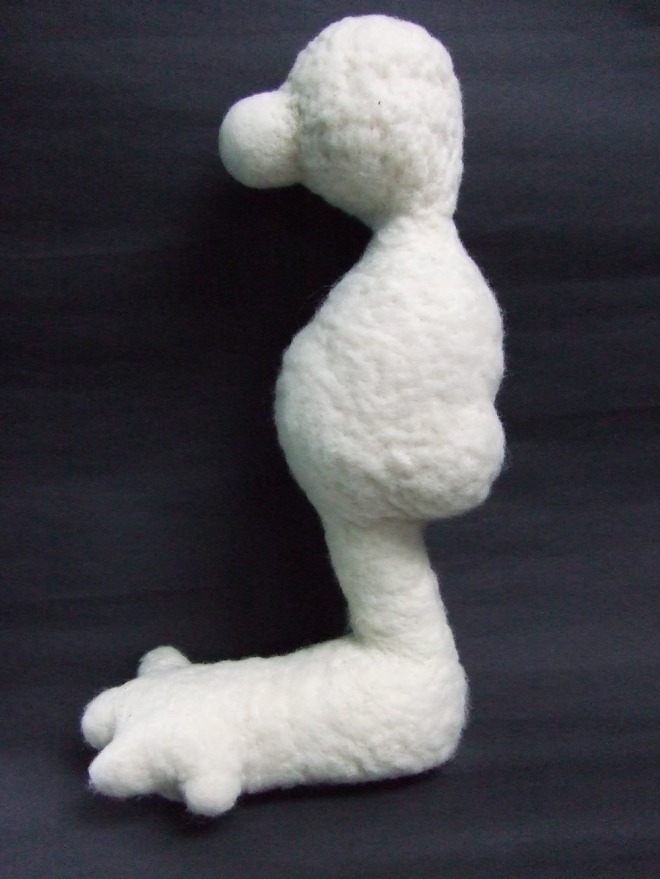I’m just back from a few days in Wales, where we had the most glorious sunny weather (previous visits have usually coincided with rain, rain and more rain!). It was even warm enough to have breakfast in the garden on one day. 🙂
The main reason for the visit was to stock up on fibre goodies at Wonderwool Wales, and I think it’s fair to say I succeeded in this!
The range of fleece, batts and tops from different types of sheep was far wider than at the Knitting and Stitching Shows, and there were far fewer irrelevant stalls selling tacky knick knacks. It was also good to meet up again with Ruth Packham, who I met at the Andrea Graham workshop in Amsterdam last year, and discuss how we are using Andrea’s techniques in our work.
The large steamer in the photo above didn’t come from Wonderwool, in case you were wondering! I picked it up in a charity shop – it’s large enough to steam a small turkey! I’m hoping it will come in useful for steaming larger bundles when I’m eco dyeing.
Now I’m getting ready for three major events in May. This Sunday 3 May I’m taking part in the Intrigue Emporium Spring Fair at Shoreditch Town Hall. It’s nice to see my felt kaleidocycle featured on the flyer, though mostly I’ll be selling indigo shibori scarves.
Then the following weekend, 9 and 10 May, it’s Dulwich Artists’ Open House weekend – I’m teaming up with seven other artists and designer-makers in a lovely house in West Dulwich, including Gabriela Szulman, who will also be at the Intrigue Emporium show. There’s a private view on Friday evening – everyone welcome!
At the end of the month, on Saturday 30 May, Carol and I are running a Women of the Cloth felting workshop at the South London Botanical Institute as part of the Chelsea Fringe. Carol will be teaching people how to make a needle felted bird; I will be showing how to make a wet felted bird pod.
So we were thrilled when Gardens Illustrated magazine included our workshop and a photo of Carol’s needle felted bluetit in its feature on the Chelsea Fringe. 🙂











































